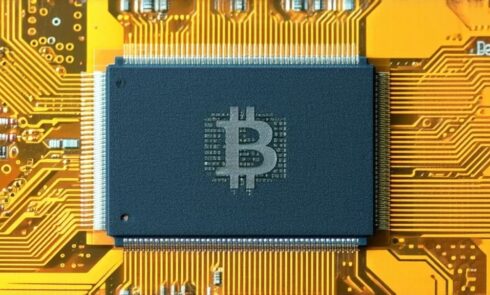The Internet of Things finds application in a wide variety of spheres of human life and activity: from personal comfort and health to industry and government. Let’s take a look at some of the most popular and promising uses of the IoT.
Wearable devices
Wearable devices are gadgets that a person wears on his or her person or implants in his or her body. They can perform various functions: track physical activity, heart rate, blood pressure, sleep, calories, remind about taking medications, monitor emotions and stress, determine mood and preferences, give sound or visual signals, transmit data to a smartphone or other devices. Wearable devices help people to monitor their health and prevent diseases.
A striking example is a glucometer that automatically sends information about a diabetic’s blood sugar levels directly to a smartphone. If the indicators are out of the norm – the system gives an alarm.
Smart homes
Smart homes are equipped with a variety of Internet of Things devices that automate and optimize processes related to comfort, security, energy saving and entertainment. For example, a smart home may have:
- Smart light bulbs that adjust the brightness and color of the light depending on the time of day, mood or activity of the user;
- Smart locks that open by facial or voice recognition;
- Smart thermostats that maintain optimal room temperature;
- Smart speakers that play music or podcasts at the user’s request;
- Smart cameras that monitor home security and alert you to suspicious events.
Smart cities
“Smart City, or Smart City, is a man-made interconnected system of information and communication technologies with IoT. It simplifies the management of internal city processes and makes the lives of residents more comfortable and safe.
Smart City can be compared to a living organism working harmoniously for the benefit of society. Smart City digital technologies optimize urban life at all levels. For example, they can be used to avoid traffic jams, find parking faster, and improve safety. In short, smart technologies make life in the city more comfortable.
Modern smart technologies solve the following problems:
- Optimization of traffic flows: less traffic jams, more convenient parking lots;
- Saving resources: point response to problems, e.g. garbage collection;
- Improved safety: monitoring with cameras and sensors;
- Improving the environment: monitoring emissions and rapid response;
- Development of urban infrastructure and services: convenient digital services for citizens.
What technologies do smart cities have? – For example, sensors monitor when garbage bins are full, and cars remove waste along the optimal route. A facial recognition system identifies a criminal or a person who is wanted. Information about this is immediately sent to the police. There are many such examples.
It would seem: all technologies should have been implemented “here and now”. However, the introduction of smart systems in practice requires time and money for the creation of an IT infrastructure. That is why digitalization takes place gradually: first, individual solutions are implemented, such as cameras, traffic lights, and sensors.
Unmanned cars
Unmanned cars are vehicles that can move on the roads without the driver’s participation. They are equipped with various sensors, cameras, radars, and lidars that allow them to gather information about the environment, recognize obstacles, traffic lights, road signs, and other road users.
Unmanned vehicles are connected to the internet and can share data with other vehicles, road infrastructure and control centers. And they also have a number of advantages such as increased safety, reduced congestion, fuel and time savings, and passenger convenience.
However, there are a large number of challenges associated with unmanned autos:
- High cost of cars;
- Legal uncertainty of their status;
- Ethical dilemmas in case of an accident (who will be responsible);
- Threat of hacker attacks (possibility of software hacking);
- Social rejection (not everyone is ready for the mass appearance of such cars on the streets of their city).
Despite this, many countries and companies are actively developing and testing unmanned cars. For example, Singapore has already launched the world’s first commercial unmanned cab service, and China has built the world’s first smart highway test track for unmanned cars.


